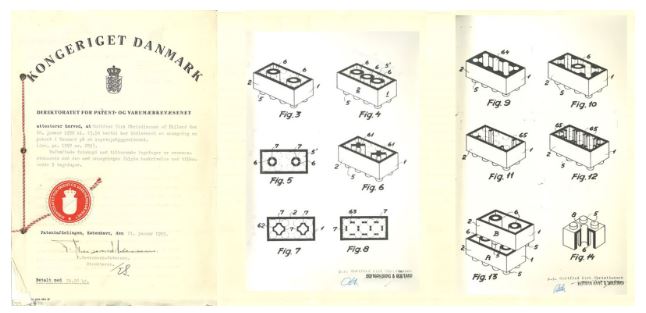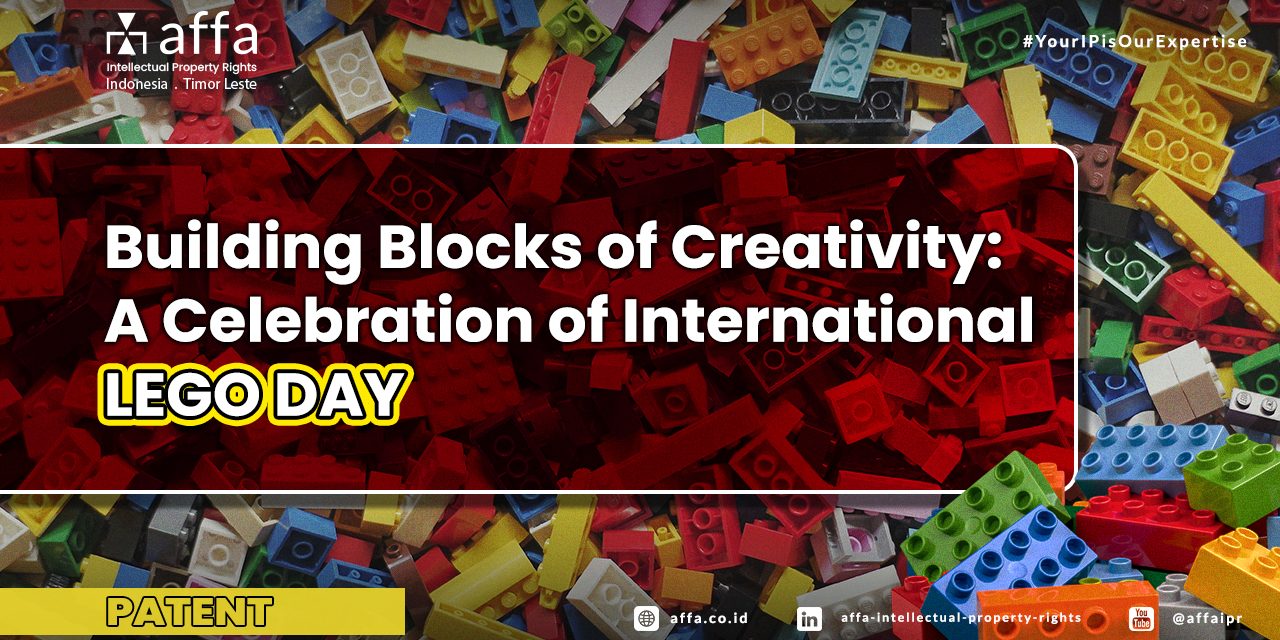Building Blocks of Creativity: A Celebration of International Lego Day
Every January 28, the global Lego community celebrates it as “Lego Day.” On this date, for the first time, Godtfred Kirk Christiansen, the son of a carpenter from Denmark, registered a Patent for his brick toy in 1958. From a brick toy with unique connectors, Lego has developed into a fun educational toy for all ages, collaborating with many Intellectual Properties (IPs), present in some animated films and series, and has 11 amusement parks worldwide.
The word Lego comes from the Danish “leg godt,” which means to play well. It was first introduced in 1932 by Ole Kirk Christiansen, father of Godfred. Initially, Lego was a wooden brick toy with unique protrusions and holes to connect and arrange the bricks. However, for economic reasons, since 1947, Lego switched to plastic materials and registered its first Patent in Denmark and other countries in 1958.

Source: Lego House
Because they understand the importance of Patents as valuable assets but have a limited protection period (only 20 years), Lego as a company continues to innovate so that the products produced can grow and develop not only from the sale of toys but also from royalty income and license.

Source: Insights by GreyB
Apart from Patents, Lego also has other Intellectual Properties such as Trademarks, Industrial Designs, and Copyrights. As a toy company, there are still Trademarks that must be protected, product designs that continue to develop, and unique characters that continue to be created to stay ahead of competitors.
Staying ahead is an important keyword. Based on Patents and Designs, the original form of Lego has become public domain, meaning it is no longer protected. So, since the 90s, many companies have emerged that use Lego’s outdated technology and design to make various kinds of similar toys.
However, Lego did not remain silent. Its legal team attempted to shut down competitors’ operations by using Trademark law and suing those who use “brick” and/or “block.” However, these efforts fail due to regulations where there is a provision that states, “Trademark law should not be used to perpetuate monopoly rights enjoyed under now-expired Patents.”
Finally, to continue to exist, Lego continues to present many new characters and Lego sets, with Patents, Industrial Designs, and Copyright protection.
Should you need further information about Patent protection, Industrial Designs, Copyright, or other Intellectual Property management, please do not hesitate to contact us via [email protected].







